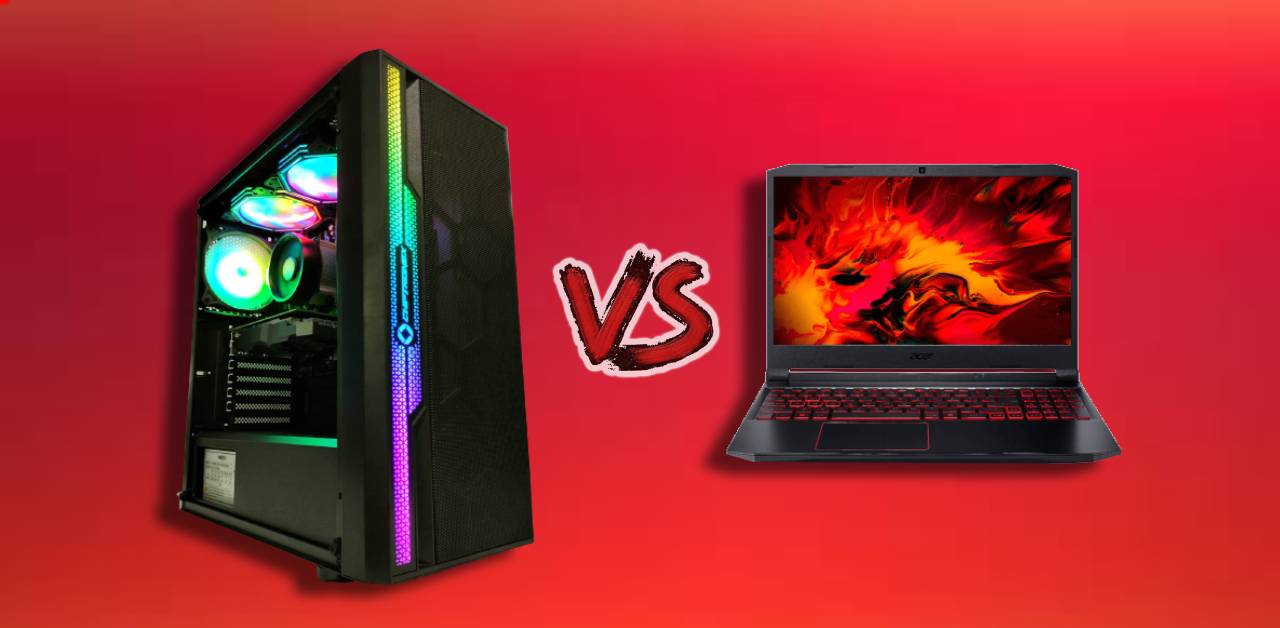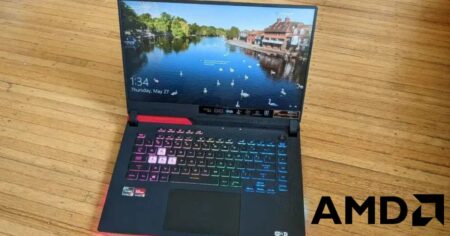Are you a content creator looking for the best laptop for After Effects? You’re in luck because, in this blog, we will compare the Intel and AMD laptops for After Effects. So which is the best option for you? Let’s dive deeper to find out!

Intel or AMD for After Effects?
Content creators who use After Effects often need a powerful laptop that can handle the demands of the software. While both Intel and AMD offer laptops capable of running After Effects, there are some important differences to consider when choosing between the two.
Performance:
Regarding performance, Intel laptops have the edge over AMD laptops. This is because Intel processors are generally more powerful than AMD processors. This means that Intel laptops will be able to handle the demands of After Effects more easily than AMD laptops.
However, it is important to note that AMD laptops can still run After Effects. They may not be as powerful as Intel laptops, but they will still be able to get the job done.
Price:
AMD laptops are generally more affordable than Intel laptops. This is because AMD processors are not as powerful as Intel processors. As a result, AMD laptops tend to be cheaper than their Intel counterparts.
If you’re on a budget, then an AMD laptop may be your better option. However, an Intel laptop is the way to go if you’re looking for the best performance possible.
Is Ryzen 5 Good for After Effects?
Ryzen 5 is a popular choice for gamers and creative professionals alike, thanks to its impressive performance and affordable price point.
But what about After Effects? Can the Ryzen 5 handle this demanding software? The short answer is yes, the Ryzen 5 can definitely handle After Effects. In fact, it can even perform quite well in some cases.
However, there are a few things to keep in mind. First and foremost, After Effects is a CPU-intensive program. This means that the processor you choose for your computer will have a big impact on how well After Effects performs.
The good news is that the Ryzen 5 is a very powerful processor. It offers excellent performance for both gaming and creative applications. So, if you’re looking for a processor that can handle After Effects, the Ryzen 5 is a great option.
Just keep in mind that you may need to invest in some additional RAM if you plan on using After Effects extensively. After Effects can be a bit of a memory hog, so having extra RAM will help to ensure that After Effects runs smoothly on your computer.
The Ryzen 5 is a great option for a processor if you’re looking to use After Effects. It’s powerful enough to handle the demands of this software, and it’s also very affordable.
Are More Processor Cores Better for After Effects?
Yes. More cores will always be better for After Effects rendering, especially when working with complex projects or lots of motion graphics. However, there is a catch. Having more cores does not necessarily mean that After Effects will use all of them. In fact, most versions of After Effects can only use a maximum of 16 cores. So if you have a 32-core processor, After Effects can only use 16 of those for rendering.
The other catch is that After Effects is not always very efficient at using multiple cores. It does not scale linearly, which means doubling the number of cores does not double the rendering speed. In fact, it’s often less than that. So a 32-core processor will not render twice as fast as a 16-core processor.
However, there are some things that you can do to help After Effects use multiple cores more effectively. One is upgrading to the latest After Effects version, which has better multi-core support. Another is to use a plugin like RenderGarden, which effectively splits the rendering process across multiple cores.
At the end of the day, more cores are always better for After Effects rendering. But you may not see a huge difference if you already use a relatively powerful processor.
Does a Fast Processor Increase Render Speed in After Effects?
Yes – a faster processor will help increase rendering speed in After Effects. Here’s a more detailed explanation of how this works.
Most effects in After Effects are processor-intensive, meaning they tax your processor to complete the task. The faster your processor, the shorter the time it will take to render your project.
In some cases, a faster processor can even help improve playback performance while you’re working in After Effects. So, upgrading to a faster processor is a great place to start if you’re looking to speed up your After Effects workflow.
Of course, other factors can affect rendering speed in After Effects, such as the number of cores your processor has and the amount of RAM you have installed. But, generally, a faster processor will help increase rendering speed in After Effects.
Conclusion
Both Intel and AMD offer laptops that are capable of running After Effects. However, Intel laptops have the edge when it comes to performance. If you’re on a budget, then an AMD laptop may be your better option. However, an Intel laptop is the way to go if you’re looking for the best performance possible.













